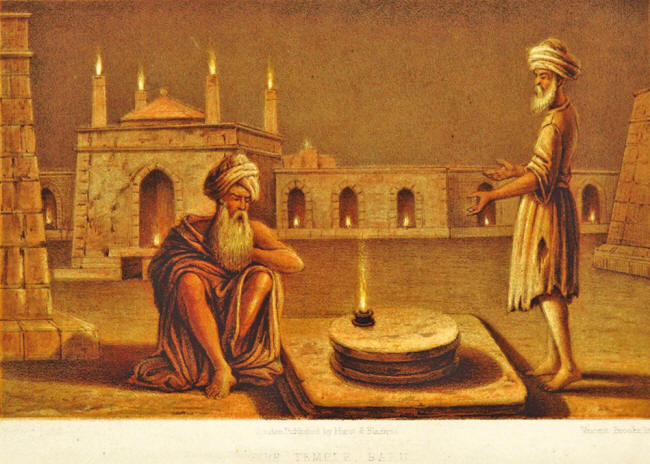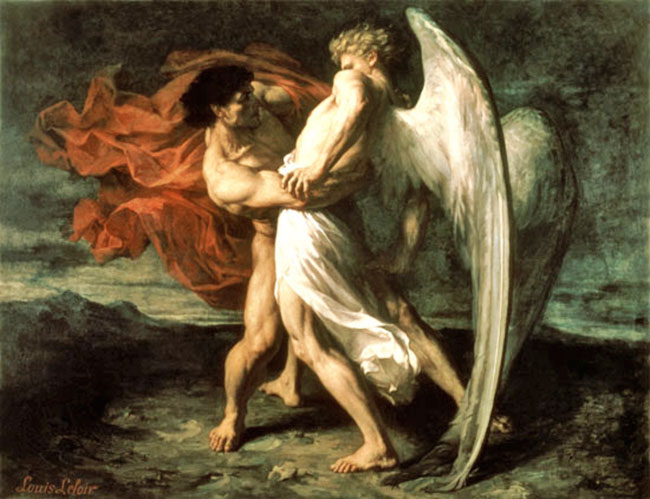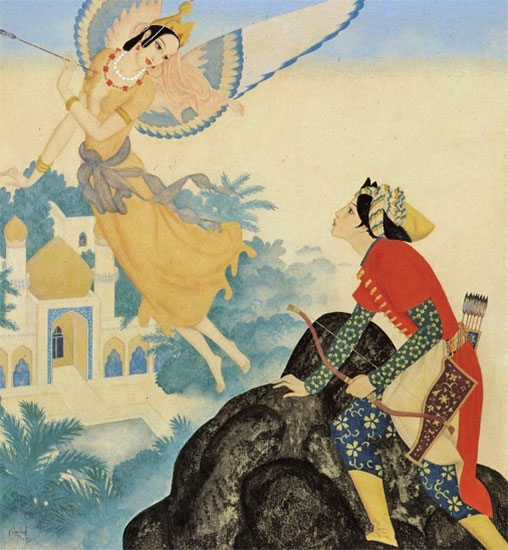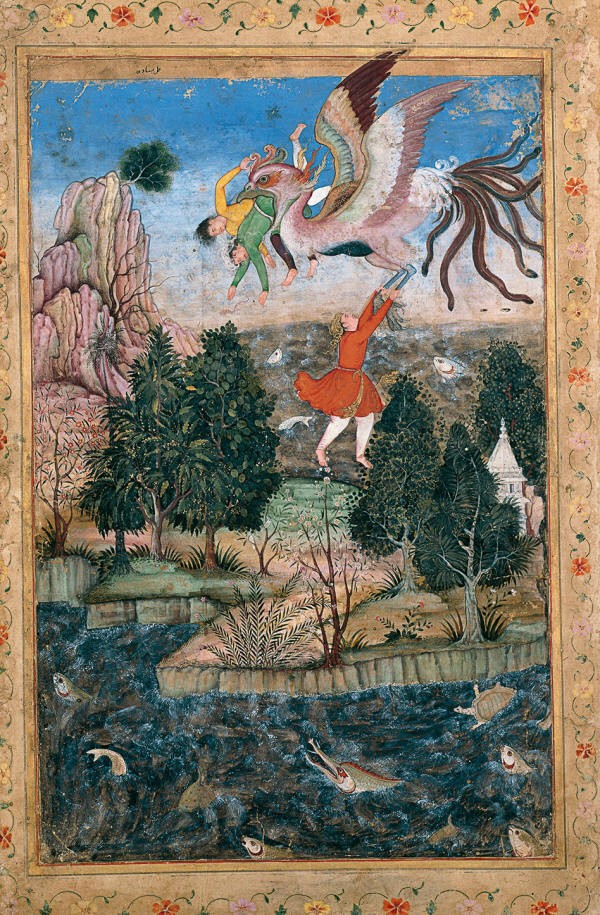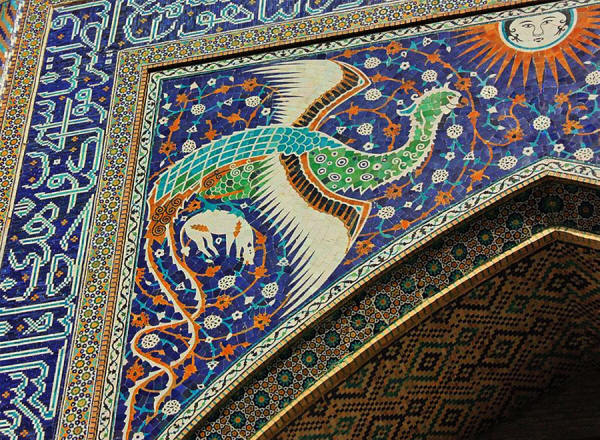|
August 28, 2020
Otherwise known as
Mazadayasna by those who follow it, the roots of Zoroastrianism date
back as far as the Second Millennium BC and served as the state
religion of Persia and other Iranian Empires for more than a
millennium.
Born under a Polytheistic religion, Zoroaster received a vision of Vohu Manah (roughly understood as the God of Good) who took him on a journey to the Amesha Spenta, a cohort of divine entities and the Lord of Being and Wisdom known as Ahura Mazda - the highest Deity in Zoroastrianism.
Zoroaster condemned the worship
of multiple Gods, politically opened the wedge between Iranian and
Indian Aryans in Ancient Iran, and historically introduced the world
to one of the first monotheistic faiths.
And whilst the Zoroastrianism did its best to spread the concept of a singular God of Good and Wisdom throughout early civilization, another concept spread along with it:
Alexandre-Louis Leloir, 1865.
As in the major religions of today, Zoroastrianism is primarily concerned with the battle between Good and Evil, whereby spirits and forces from both sides do their best to influence humanity and manifest in the material world via the actions of mortal beings.
Evil and the accompanying concept of Temptation, play a vital role in Death and the formation of the Afterlife.
The influence of
dualistic monotheism is evident in the development of Heaven and
Hell where reside the Gods of Light and Darkness, who meddle in the
lives of men until all is destroyed in the days of Final Judgment.
Shortly after and during this time, deities such as the Beelzebub emerged, a figure that later became Satan of Christianity and Sheytan of Islam.
Until the Persian influence, the Greeks believed that humans were merely puppets of the gods and the course of one's life was spun by the Gods of Fate.
After Persian Zoroastrianism reached their shores, the Greeks began to speak of the power of the individual, and how the choices we make in life had an impact on the quality of our death.
When asked to think of an agent of the Gods, images of feathered Angels or Demons with Bat-like wings often come to mind.
But,
Peri Banu and Price Ahmed, Edmund Dulac 1882
Initially barred from entering heaven until proper penance was paid, the Peri represent spirits that drift between worlds.
Whist initially being described as spirits of mischief, once introduced to Islam and incorporated into Turkish and Armenian mythology, Peri became benevolent sprits that stood in opposition to Jinns, Divs, and other spirits of Darkness.
Religious texts
speak of Peri in both psychological and physical terms, describing
instances of humans being abducted by Peri to attend Divine social
events, or Peri appearing in dreams to deliver messages of
importance. Even marriage was deemed possible between humans and Peri.
However, due to the natural darkness that resides in all men, it is written that the relationship between Peri and Humanity is doomed to fail.
c.1590 Sadruddin Aga Khan Collection
Similar to the Peri, she is a messenger who travels between heaven and earth, offering divine guidance to those who are fortunate enough to catch a glimpse of her majesty.
Simurgh is the precursor to the Phoenix - a bird of fire that respawns from its ashes.
Other interpretations of Spirits of Paradise appear in later Islamic texts in the form of the Houri, beautiful women who accompany the dead to the Afterlife.
The Huma, a Divine Bird of Sufi and Diwan mythology and 'Bird of Paradise' in Ottoman Legend, bestows gifts on those deemed worthy and can foretell or bestow Kingship.
This is possibly an early
example of the belief in the Divine Right of Kings.
at the Nadir Divan-begi Madrasa in Bukhara, Uzbekistan
Taken
by RK
The Huma is androgynous, having both male and female attributes.
Again, the underlying theme of duality resurfaces, and we are presented with a symbolic creature that embodies masculine and feminine harmonies that reproduces by itself, further representing the cycle of rebirth.
This, I believe, is the message of Zoroastrianism and the religions that have followed.
The wings of the Angels, Peri, and other winged creatures represent the Flight of the Soul, the Loftiness of Spirit and the Human Mind, in contrast with the physical world, materialism, and nature, as represented by human features, sympathies, and unions.
The Huma, Phoenix, and Simurgh not only represent the cycle of life and death but also the Duality of masculine and feminine energies.
Therefore, Birds of Paradise are the link between life and death and serve as a reminder that every ending is a new beginning, and with every failure, new knowledge is born.
The Zoroastrian representations of bird-like creatures have developed to appeal to the inner nature of humanity.
Personal choice is central to the Zoroastrian text, as one has to earn their place in paradise, and personal responsibility for one's actions could not exist without some basic concept of free-will.
Zoroastrianism recognized that both Good and Evil are central to human nature, and now, as was then,
|


